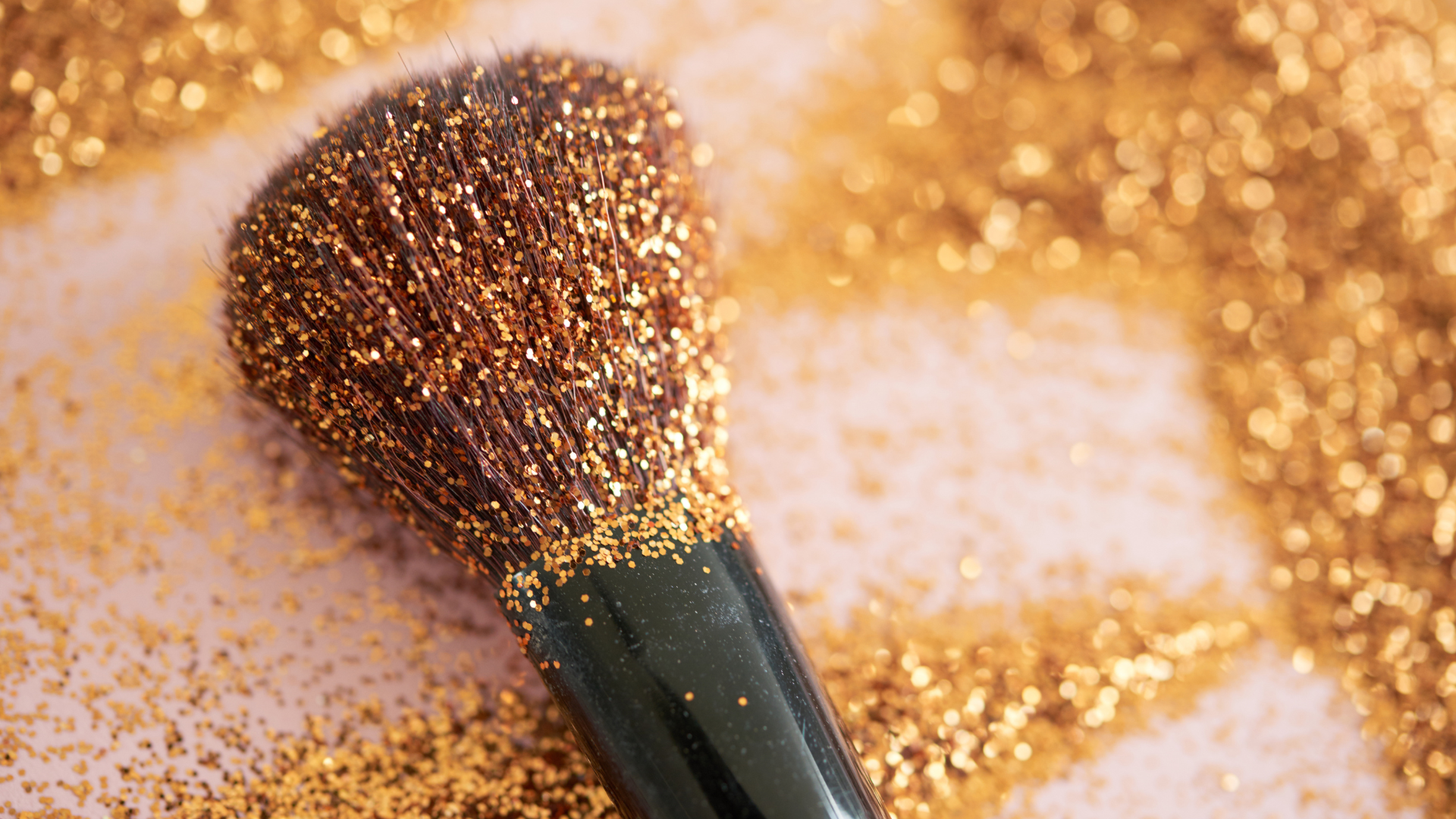The European Commission wants to put an end to the presence of microplastics in cosmetic products. In the framework of actions under the 2030 agenda, Brussels has decided to restrict the sale of cosmetic products that have been intentionally added to their formula.
This new restriction is implemented on the basis of REACH and aims to prevent the generation of half a million tonnes of these microplastics. This ban also concerns microbeads and microspheres that can be used in products such as nail varnish or make-up. Products containing loose glitter or microbeads will be banned.
The deadlines for the entry into force of this measure adopted by the European authorities are not the same for everyone. As mentioned above, products with non-adhesive glitter and microbeads will be banned in 20 days, but the European Commission will give companies a period of time to adapt to the new regulation. The same body foresees a number of exemptions and extensions to the transition periods for those products that are "duly justified".
This action is part of the framework adopted in the 'Zero Pollution Action Plan' in 2021, which agreed to reduce the emission of microplastics by 30% by 2030.
What are microplastics?
The microplastics are a mixture of polymers and additives and are smaller than 5 mm in size. They are not soluble in water and have a very limited degradability. Microplastics can be classified as primary or secondary, if in the latter case, they have been manufactured through the degradation of plastic products.
These small particles can be found in exfoliants. These small spheres are known as microbeads, which can also be found in hair products, make-up or nail polishes that serve to provide a different texture to the cosmetic and give it consistency.
As it indicated in an article Seila Leiras, of Sigillum Knowledge Solutions, intentionally added microplastics have an impact on the environment and she said that this would affect the cosmetics industry, especially in exfoliants, glossy products and encapsulated fragrances. Regarding the environmental impact they generate, as Leiras points out, microbeads are disposed of in wastewater or directly into the environment. On the sea or ocean, microplastics float on the surface and mix with microplastics from other sources in the marine environment.
